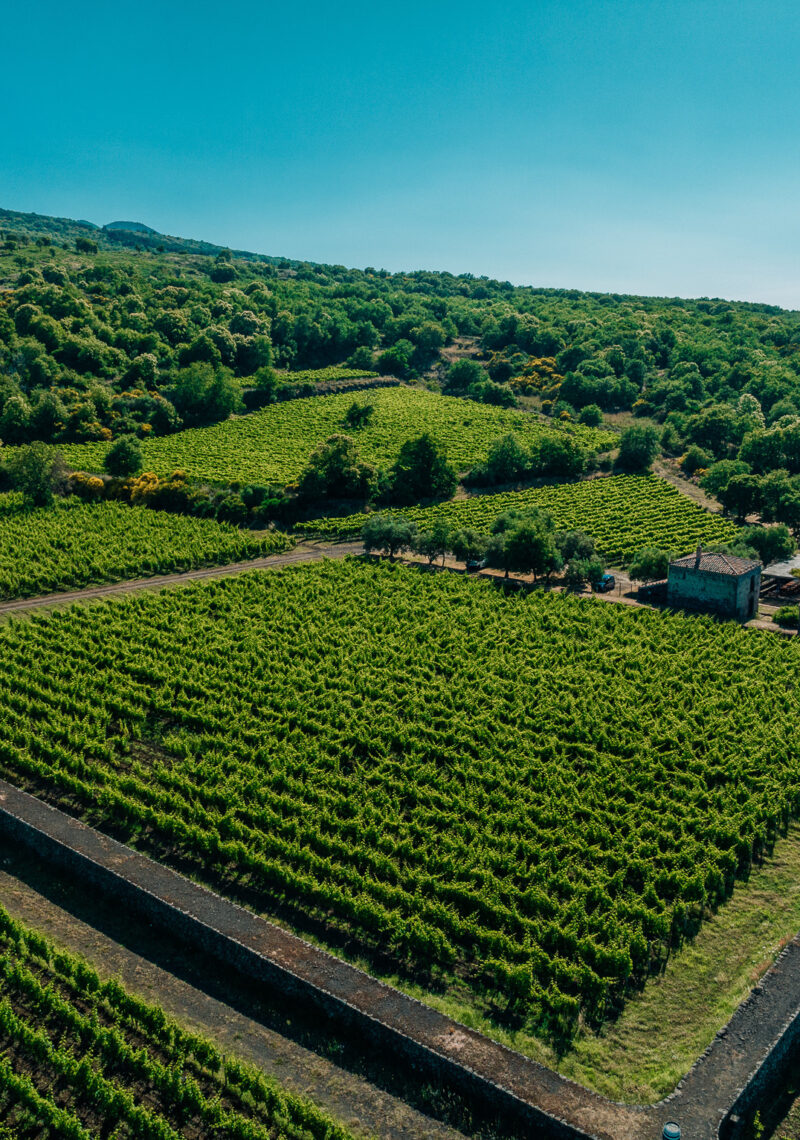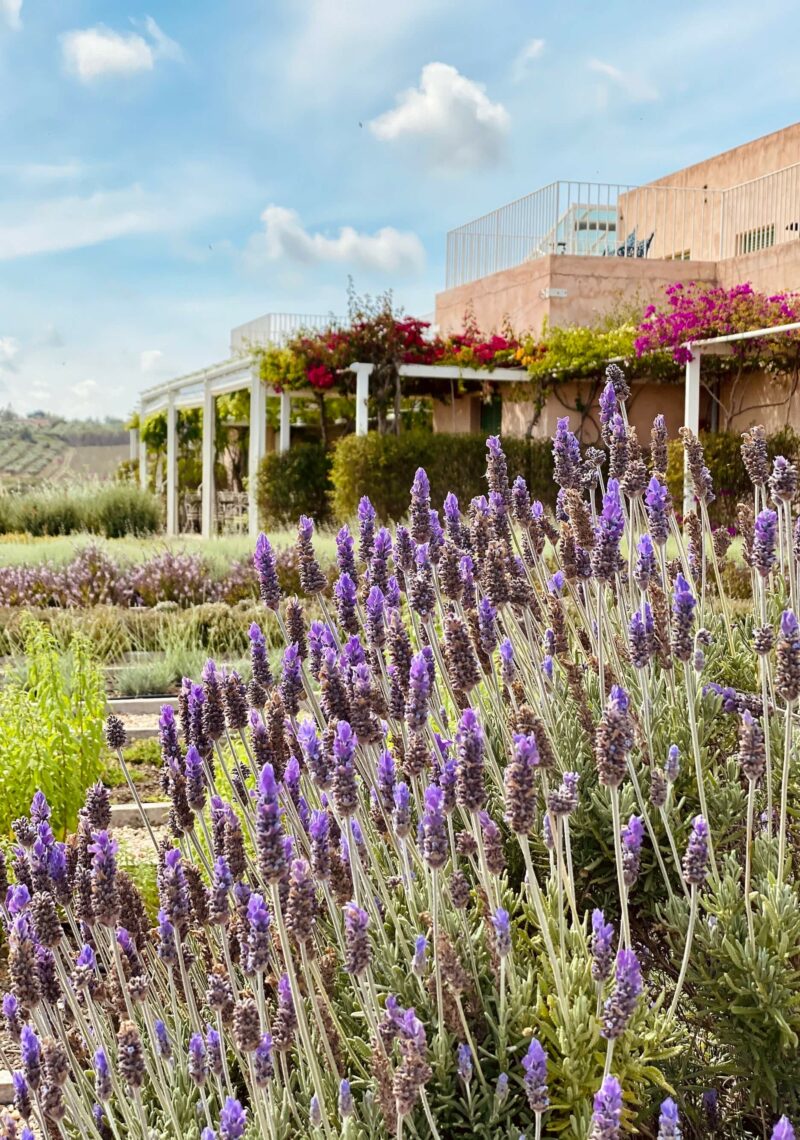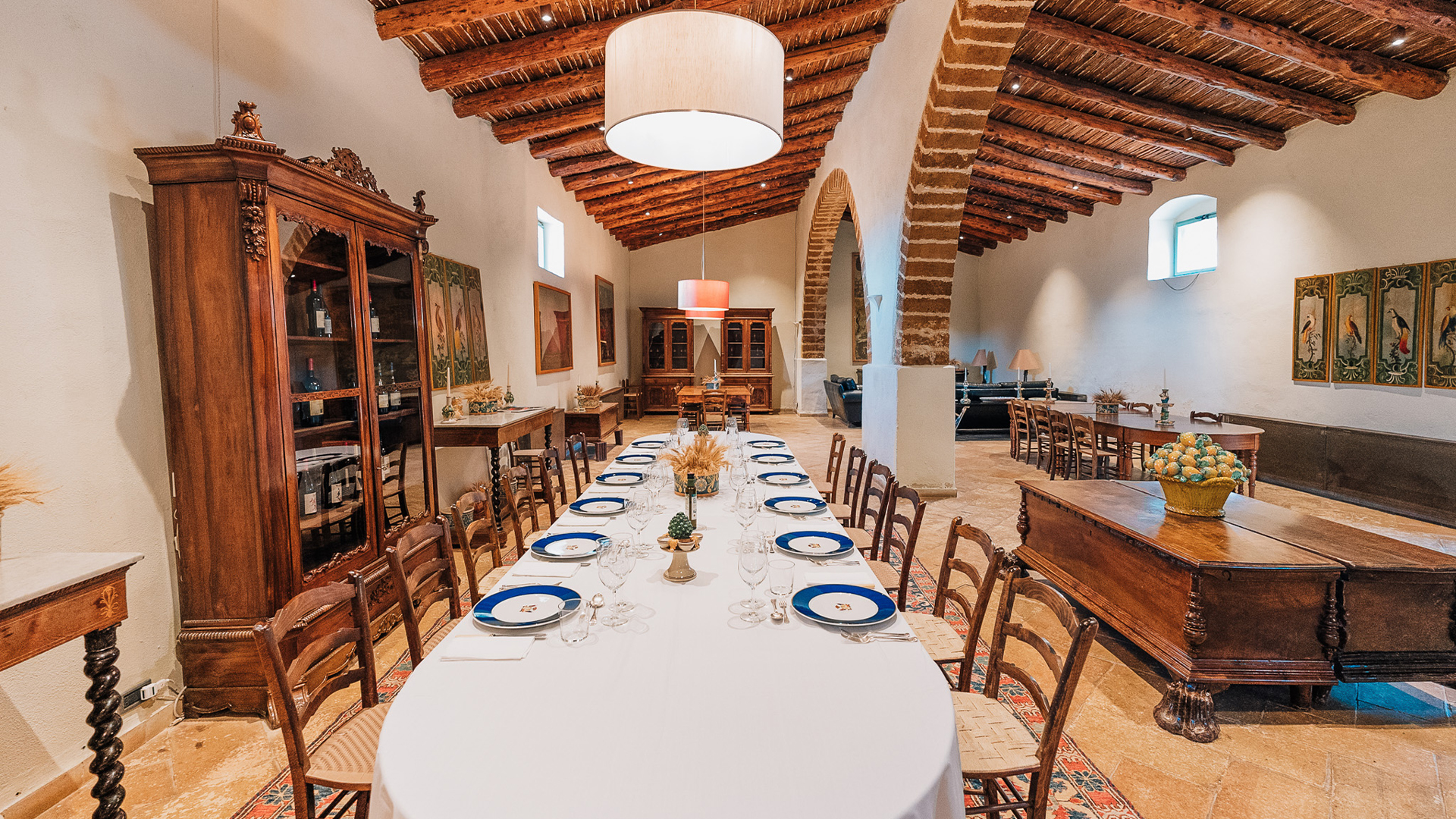Our wineries have never been places dedicated only to the production of wine but also spaces for hospitality linked to cookery, to nature and to culture. We have constructed the hospitality within our wineries of Menfi, Vittoria, Noto, Etna and Capo Milazzo as a real collection of experiences related to each region and to every guest, bound to the singularity of each place, to the wines and to the beauty of the countryside.
Welcome to Casa Planeta
We have always combined
our passion for Sicily
with the wish to warmly welcome
anyone wishing to discover it.

Wine Tour

Planeta Estate
A journey round Sicily, in the Planeta style. A wine resort immersed in vineyards at Menfi with its restaurant and beach club, an apartment hotel in the heart of the historic centre of Palermo, an artist’s house at Sambuca di Sicilia and our wineries. Places which epitomise the essence of our hospitality, the worth of which inspires us as a family and as a business and which allows us to best express our great love for Sicily.
Every day this island manages to surprise us with its wealth of emotions and the wish to share them has motivated us to create our hotels and our estates as extensions of our home. And to welcome everyone who, like us, is always in search of beauty.
